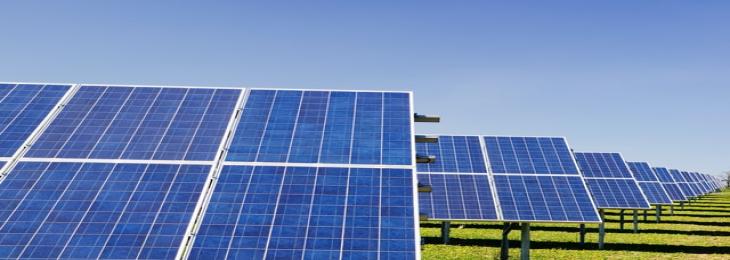
This experiment is a new ray of hope in generating huge sustainable energy in less time and effort which is equally eco-friendly.
A space equal to three football grounds at the National Ignition Facility, specifically the campus of the Lawrence Livermore National Laboratory was chosen for the experiment. The power of the sun was recreated in a small hotspot for a very small fraction of a second. The spot equal to human hair generated huge potential, which had the power to throw over 10 quadrillion watts. The tremendously huge burst lasted for 100trillionths of the second. Although very small time its power was as strong as 6% of total energy striking earth surface at a moment by sunshine.
The spot successfully ignited a self-sustaining chain reaction that fused hydrogen atoms and continued the process of energy generation. This process resembles the exact working of an internal combustion engine where a spark keeps the engine burning continuously with the help of one molecule. Physicists told the importance of this achievement in the area of clean energy generation which is a milestone. It has also bought researchers extremely near to understand the process in planets ‘net energy gain through fusion’, which planet performs.
Fusion is a process opposite to fission where the merging of hydrogen atoms takes place into helium, thus releasing a lot of energy. The same process advances in sun and is thus fusion is the eternal source of energy. Energy through fusion reaction is always preferable and many researchers are working on its creation in the lab for decades. Obtaining energy is not much challenging the difficulty in acquiring it in the shortest time and minimum investment. Energy through fusion is a clean option of energy generation with safety, less maintenance, and minimum waste obtained. Although the net result of this experiment was negative concerning energy in and energy out as it provided a great breakthrough to scientists already in its study, it is an achievement. The National Laboratory reports that the result is yet to be finalized properly as they obtained varying results eight times and then 25 times respectively in the two different experiments.






